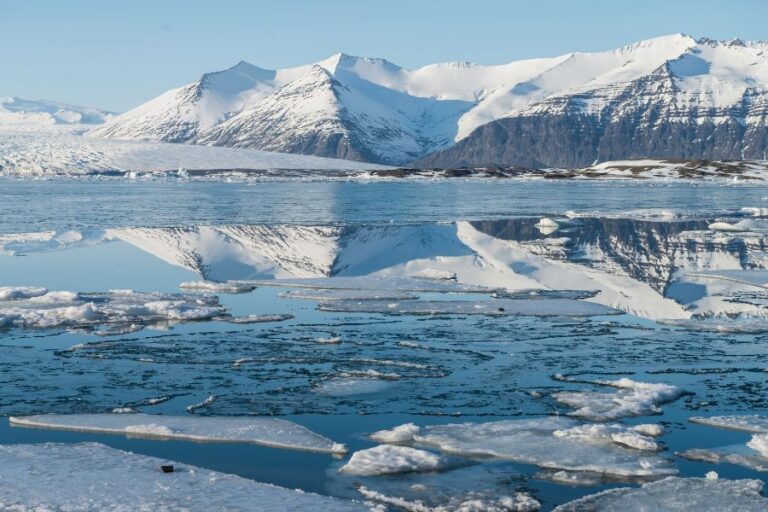In February 2025, a shocking new milestone was reached in the ongoing climate crisis, as global sea ice extent hit its lowest point on record. This alarming data was revealed by the European Copernicus Climate Change Service alongside the U.S.-based National Snow and Ice Data Center (NSIDC). The sharp decline, especially in the Arctic, has raised widespread concern among scientists, highlighting the rapid pace at which climate change is reshaping our planet.
The Arctic region, in particular, experienced an unprecedented loss of sea ice. Temperatures in the area were more than 20 degrees Fahrenheit above average, and ocean waters remained unusually warm. This combination of warmer air and ocean temperatures has created an environment where ice melts at a faster rate than ever before. As a result, February’s Arctic sea ice extent was the lowest recorded for the month in the entire satellite record, which spans over four decades.
This record low is not just a statistic; it signals a critical shift in the Earth’s climate system. The accelerated melting of sea ice in the Arctic is a clear indication that warming rates in this region are occurring at a pace several times faster than the global average. While the rest of the world experiences gradual changes in temperature, the Arctic is warming at a rate that is alarming to climate scientists and local communities who rely on the ice for survival.
The effects of this extreme ice loss are far-reaching. The Arctic’s melting sea ice disrupts local ecosystems and wildlife that depend on the ice for breeding, feeding, and migration. Polar bears, seals, and other species are struggling to adapt as their habitat rapidly disappears. Indigenous communities living in these regions are also facing the brunt of the changes, with their way of life becoming increasingly difficult as the ice they rely on for transportation, hunting, and safety vanishes.
Perhaps the most concerning aspect of this rapid ice loss is the feedback loop it creates. As sea ice melts, the darker ocean water underneath is exposed. This darker surface absorbs more heat from the sun, further raising temperatures and leading to more ice melt. This cycle accelerates warming in the Arctic, making it increasingly difficult to reverse the trend.
Scientists have warned that the ramifications of these changes are global. Not only does Arctic sea ice play a crucial role in regulating the planet’s climate by reflecting sunlight, but its loss also has profound implications for weather patterns, ocean currents, and sea levels. As the Arctic warms and the ice continues to shrink, more extreme weather events are expected in other parts of the world, including stronger storms, heatwaves, and flooding.
With these developments, the urgency to address climate change has never been greater. Scientists and activists are calling for immediate action to reduce greenhouse gas emissions, implement more sustainable policies, and accelerate the transition to renewable energy sources. The consequences of inaction are becoming increasingly evident, as seen in the ongoing loss of sea ice. Without significant change, the world will likely continue to witness more record-breaking climate events in the years to come.


